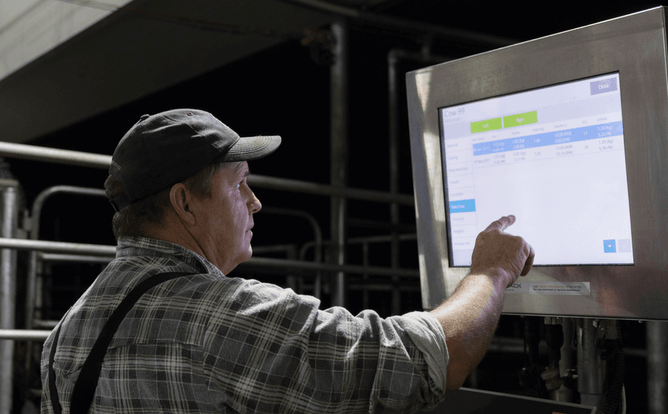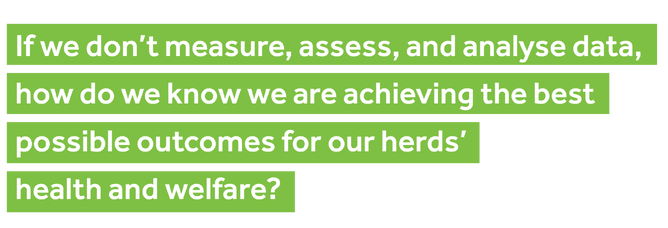Measurement data helps farmers better manage their operations, the more information they have, the more they can make decisions that are tailored to their farm and herd’s specific needs.
If we don’t measure, assess, and analyse data, how do we know we are achieving the best possible outcomes for our herds' health and welfare?
How do we know we are producing to the herd’s potential and how can we determine if we are improving in key areas?
WelFarm data
Data is invaluable in making decisions, it can give us confidence in the decisions we make and be ready for opportunities. And looking at WelFarm data across seasons from 2013-14, there are several trends emerging, proving data is being utilised effectively.
We’re seeing steady growth in the number of herds and cows enrolled in the programme as well as an increase in the number of vet clinics offering the programme. And perhaps a sign of the times with climate change and other environmental pressures building, farmer behaviour around stock levels has also been shifting. There are less heifer calves being weaned and replacement rates have decreased as well as a decrease in cows culled.
Emerging trends
A number of factors could be influencing these trends, including conscious efforts to reduce stock numbers, or limit herd size growth. It could be a shift from rearing abundant replacements, to rearing more beef animals as market demand changes. Or it could also be from an improvement in other health and reproductive factors where efforts to breed robust cows with longevity in the herd could be shining through.
We are also seeing changes in the somatic cell counts, particularly between the last two seasons. There have been decreases in bulk milk somatic cell counts with good reductions in the season high as well as the rolling mean, coupled with changes to antibiotic use this is good news for the sector.
And an exciting trend for all parts of the sector is the number of herds formally body condition scoring (BCS). There will be great outcomes for farmers and their cows with the increased focus as BCS data can be used extensively to make herd management decisions and help drive profitability.
Valuable information
Having good data allows us to establish baselines, identify efficiencies that lead to higher productivity and profitability, lower input costs, and optimised product use. We can use data to determine our goals to keep moving forward.
With more vet clinics and farmers joining the WelFarm programme and farmers seeing value in gathering data about their herd, it will continue to strengthen decision making on-farm and increase opportunities to improve efficiencies and productivity.
Talk to your vet about the WelFarm programme and how you could utilise data more on your farm.


